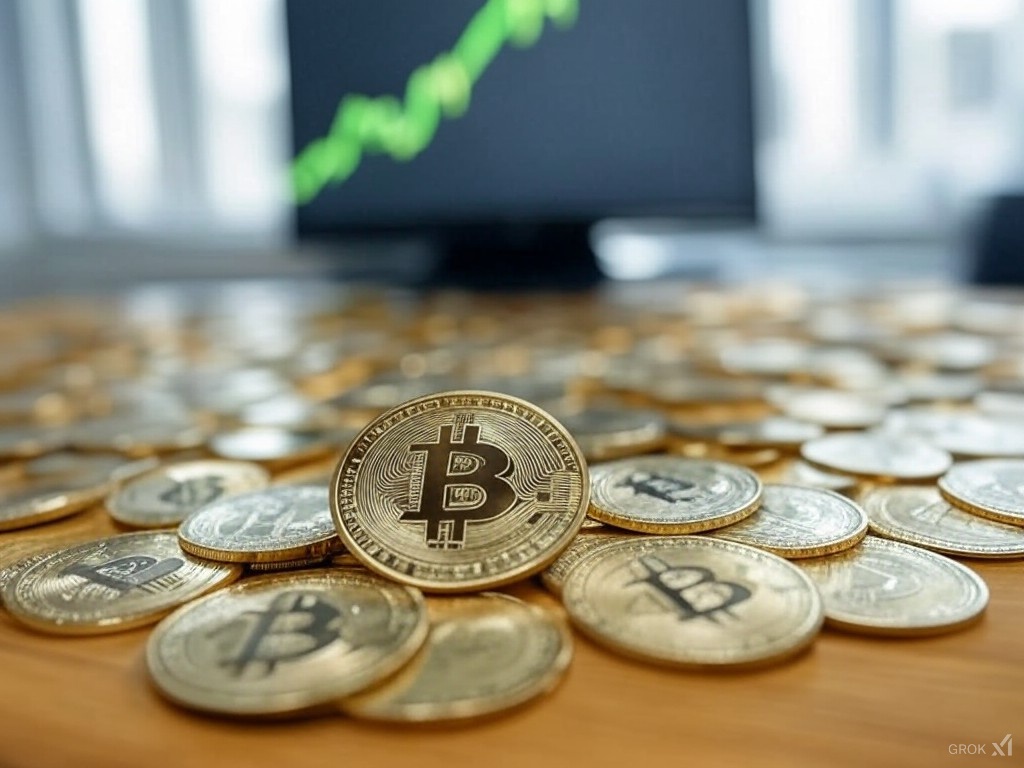Bitcoin (BTC) has recorded a significant rally, moving away from its key support of $90,000 to reach $97,000 in the last 24 hours.
This movement occurs amid the publication of new inflation data in the United States, which was lower than expected, which is why this rebound in the price of the first digital currency on the market occurred.

The Bureau of Labor Statistics reported that he producer price index (PPI) fell to 0.2% in December, compared to 0.4% previously. The underlying PPI, which excludes food and energy, was unchanged.
A decrease in the PPI suggests that headline inflation could be moderatingwhich is good news for consumers, since product prices may not increase as quickly. A lower PPI may indicate that production costs for companies are increasing at a slower rate, which could improve their profit margins.
Tomorrow the CPI data will be published, which will be key to understanding inflationary trends and their implications for the monetary policy of the Federal Reserve (Fed).
Impact on interest rates
The Fed, which has cut interest rates at its last three meetings in 2024, now faces a crossroads. Although the market expects rates to remain between 4.25% and 4.50%, according to the FedWatch toolan unexpected rise in inflation could stop further cuts or even reverse the trend.

In a context of high rates, liquidity in the markets decreases, favoring conservative investments such as Treasury bonds. On the contrary, Lower rates inject liquidity and generate greater interest in more volatile assetslike bitcoin and cryptocurrencies.
Bitcoin and volatility before the change of government
Donald Trump’s inauguration on January 20 adds another factor of uncertainty.
The president-elect has promised to promote the deregulation of digital assets and create a strategic bitcoin reserve, as reported by CriptoNoticias. These expectations could be a significant catalyst for the cryptocurrency market, although they also increase its volatility.
Bitcoin, which is still far from its peak $108,000 registered in Decembercould experience significant fluctuations in the coming days.
Optimistic projections for 2025
Despite the immediate uncertainties, long-term predictions for bitcoin are mostly positive. Michael Saylor, president of MicroStrategy, projects the coin will reach $180,000 in 2025. Bernstein, a financial analysis firm, estimates it could reach $200,000.
Iván Paz Chain, Argentine cryptocurrency specialist, suggests a goal more moderate of $140,000 for the same period.
Bitcoin’s recent rally illustrates how macroeconomic dynamics and political expectations are influencing financial markets. With inflation in focus and a change of government on the horizon, the next few days could be decisive in determining the direction of bitcoin. Although volatility persists, long-term optimism remains a key driver for this digital asset.






Leave a Reply